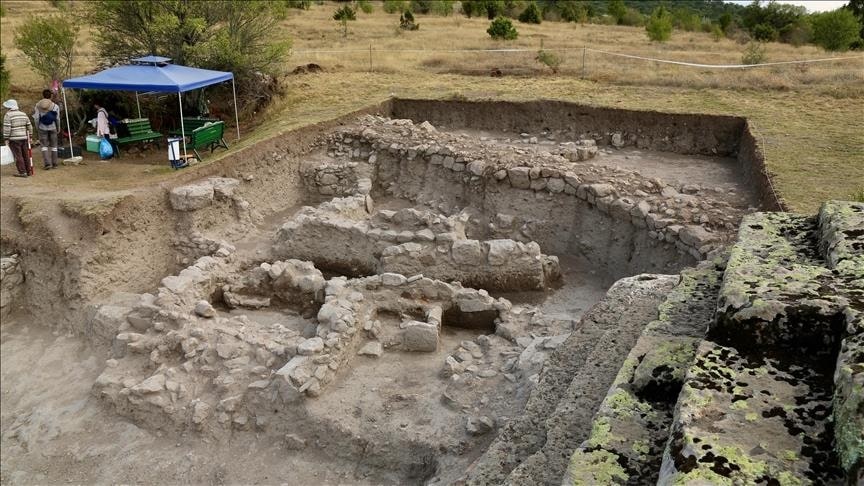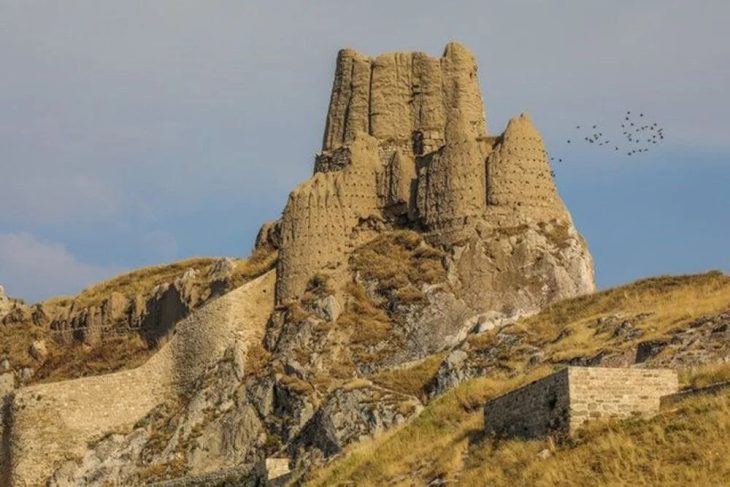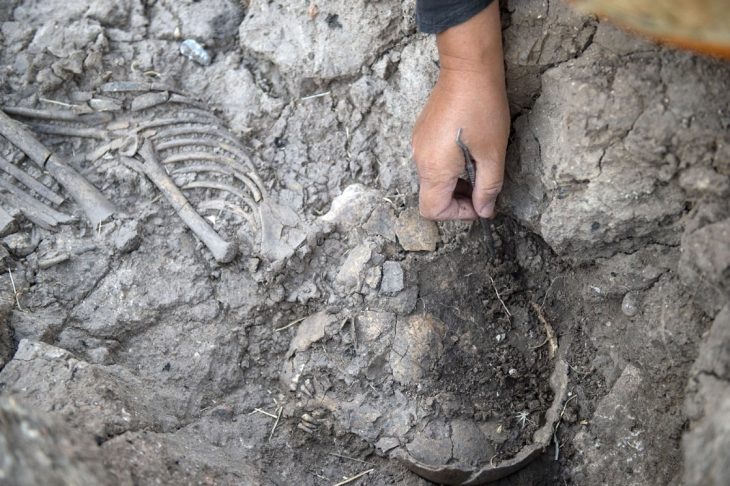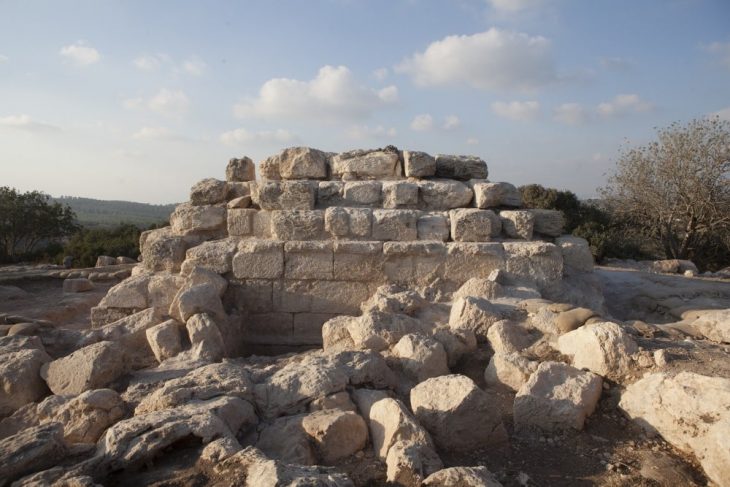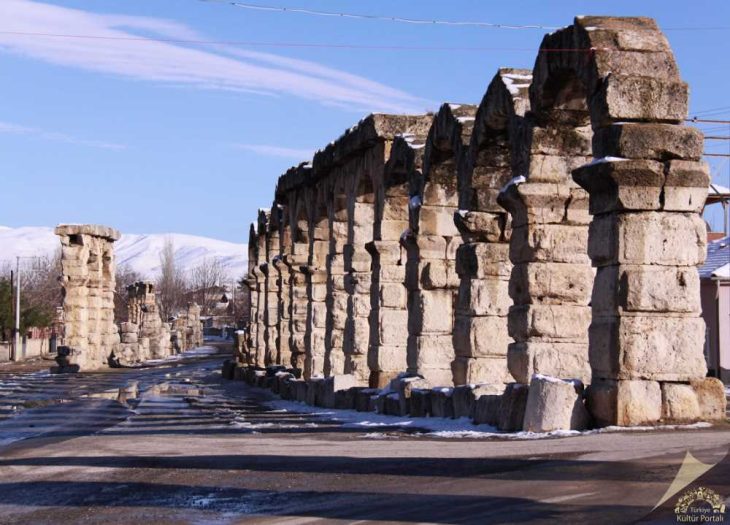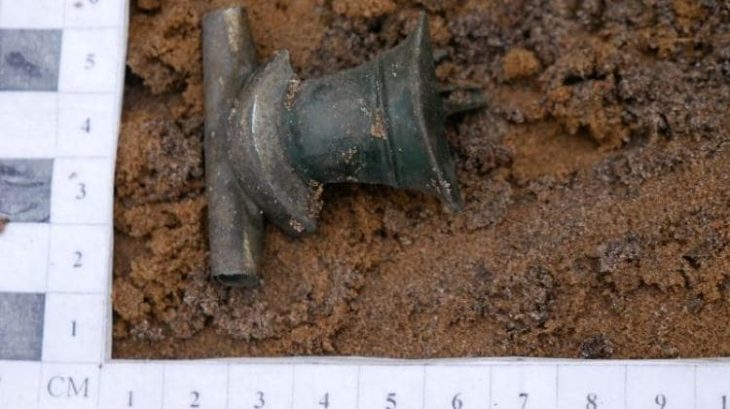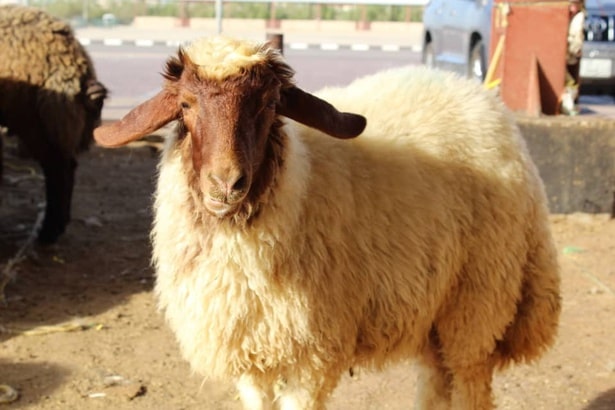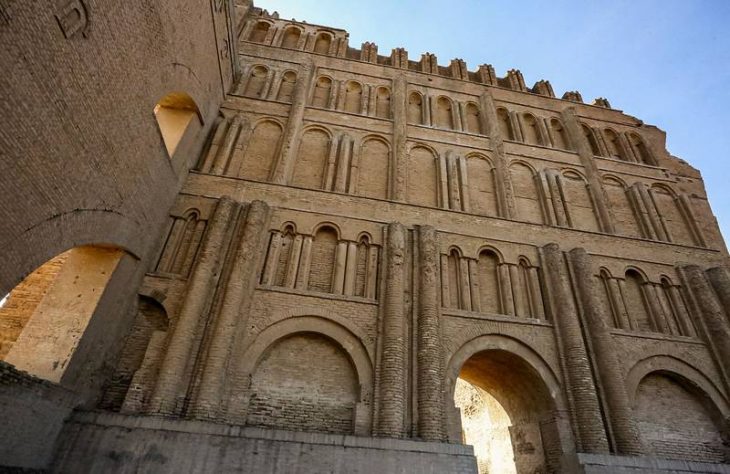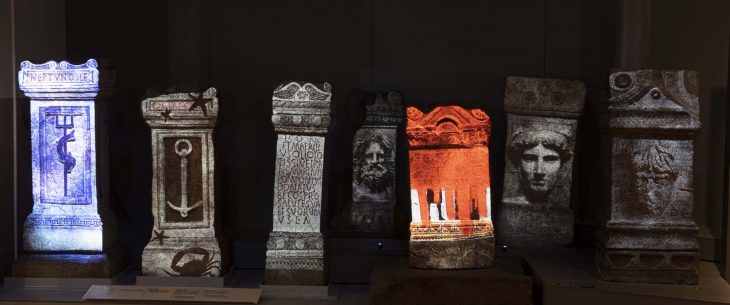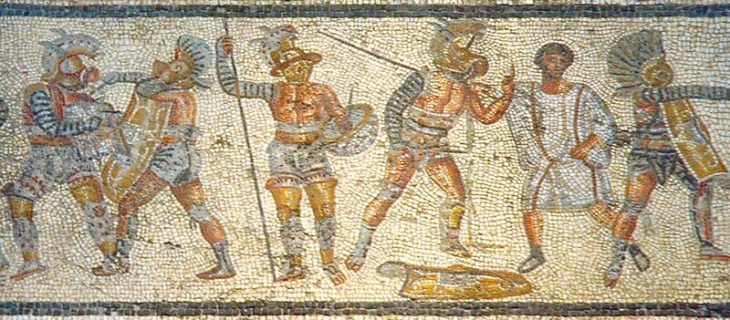Archeologists unearthed ancient ovens and hearths, thought to be belonging to Phrygian who inhabited the region around the seventh century BC, during excavations at Midas Castle in Eskisehir in northwestern Türkiye.
It was determined that the hearths and ovens unearthed were used by the Phrygians to bake bread with the meat of cattle and sheep sacrificed for religious rituals.
Archaeological excavations at the Midas Castle in Yazılıkaya Midas Valley in the Han district of Eskişehir started again after 71 years with the cooperation of the Ministry of Culture and Tourism and Anadolu University.
Since 2022, important findings were reached in the 26-hectare (88-acre) Midas Castle area during the excavations carried out under the direction of associate professor Yusuf Polat, a faculty member of the Department of Archaeology at Anadolu University.
Head of the excavation Assoc. Prof. Dr. Polat said that this year they mainly worked in the area called ‘Agdistis sanctuary’ in the upper part of the rocky plateau.
Explaining that they obtained important results in the study around the rock altar dated to the Phrygian period, Polat gave the following information:
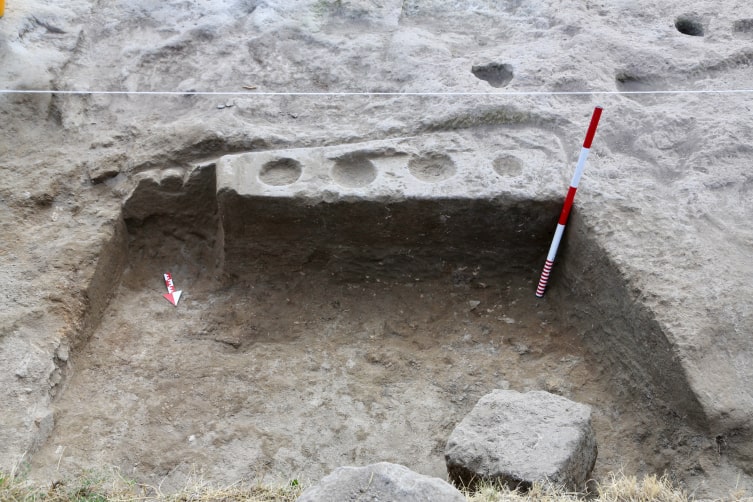
‘For the first time, thanks to the extensive excavations carried out in front of a Phrygian altar, we have determined the existence of places where the preparations for the rituals performed in front of the altar were carried out, where there were hearths, with a simple stone foundation and wooden construction. According to the first determinations we made, in the sanctuary dated to the 8th-7th century BC, that is, the Middle Phrygian Period, at the same time, Lydian ceramics of the 7th-6th century BC, and ceramics and finds belonging to the Roman Period dated to the 1st and 2nd centuries in the upper layers were found.’
A rock idol with abstract depictions of the mother goddess Matar was discovered
The team found four rock basins carved into the rocky platform, along with a rock idol representing the “mother goddess Matar.“
Matar Kubileya was the Mother Goddess extensively worshipped and adored in ancient Phrygia. The word Matar means ‘mother’ in the ancient Phrygian language. She was the most important divinity in the ancient Phrygian religion. She represented hunting, war, and prosperity and was symbolized by the lion and hawk that accompanied her. She was associated with mountains and her altars and temples have been mostly found either just outside the city walls or far away from human habitation, in mountains and forested places.
Explaining that they found four rock basins carved into the rocky platform and quadrangular planned hearths suitable for burning from above, Polat said, ‘The rock bowls and the presence of the idol found near the bowls were concrete evidence that this area was consecrated by the mother goddess for abundance and fertility rituals.’
Researchers also determined the area had been inhabited for 250,000 years. The team found Lower Paleolithic stone tools during surface surveys.
Photo: Anadolu University

